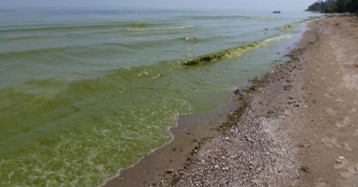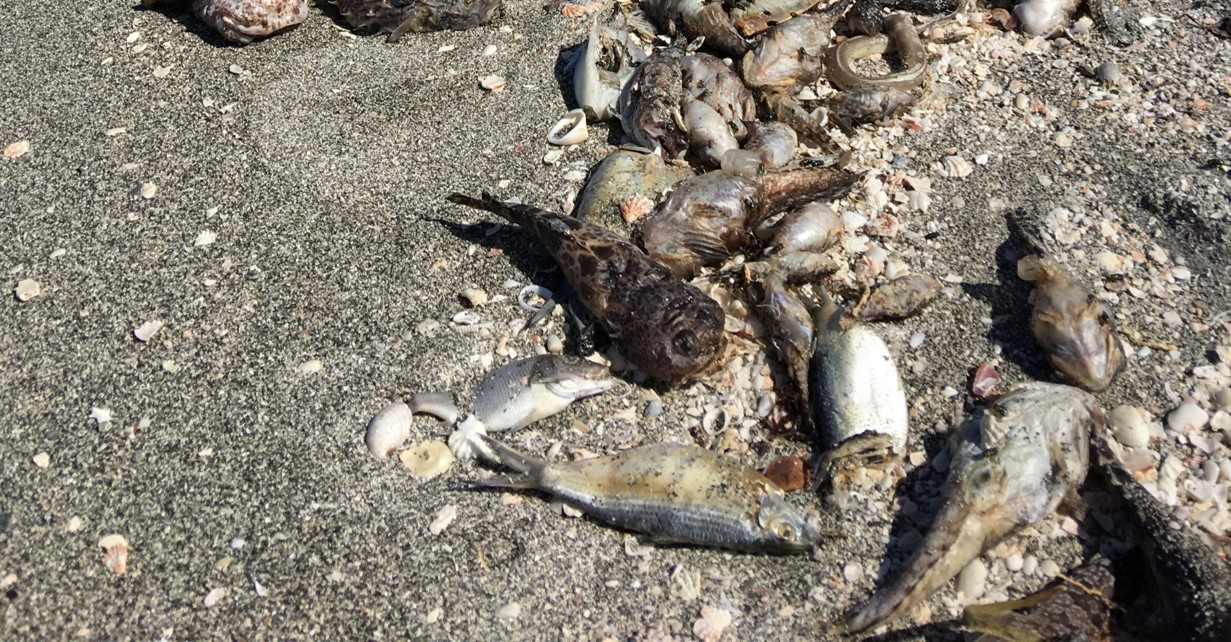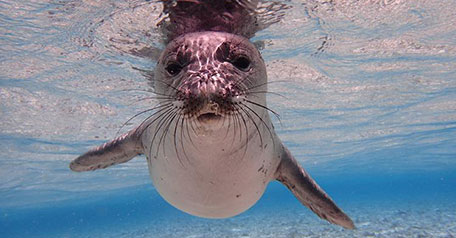Response and Readiness for HAB Events
Every year many coastal states experience HABs that produce dangerous levels of natural toxins. This forces public health officials to close valuable commercial and recreational shellfish harvests and warn people away from popular bathing beaches. Toxic HABs are also a common threat to marine mammals, fish and seabirds—including endangered and threatened species—and often trigger costly rehabilitative actions and an outpouring of public concern. NCCOS maintains response capabilities that help state and local coastal public health and resource managers have ready access to critical data on the types of HAB species and toxins that are present during a HAB event. The managers can then make informed decisions that mitigate the impacts of HABs on humans, coastal economies, and the environment.
Response Capabilities
NCCOS rapid response capabilities include the following efforts.
Contact Information
For more information or to inquire about funding support, email the HAB Event Response Program.
HAB Event Response Program
The HAB Event Response Program provides immediate support to help state, tribal, and local officials manage events and advance the understanding of HABs as they occur. Depending on need, the program may support or provide access to toxin analysis, data collection, training, technical assistance, and ship-based sampling. Modest funding is available to help defray the costs of immediate mobilization of response efforts. Three types of events are prioritized:

HAB events with management or resource impacts for which additional data such as the size or extent of the outbreak, social/cultural impact, causative species, hydrographic characteristics of the associated water mass will be of use in subsequent management decisions.

Sudden or unexplained mortalities of seabirds, fish, or marine mammals for which a HAB linkage is suspected but which requires confirmation through additional sampling or observations.

Appearance of HAB species, toxicity or harmful impacts that are unusual or unique for a particular U.S. coastal or Great Lakes region and that pose threats to public health, economically or culturally vital resources, or that may lead to new discoveries in HAB science.
Analytical Response Team
The NOAA Analytical Response Team was established to provide a formal framework through which coastal managers may request immediate coordinated assistance during harmful algal blooms and related health incidents. This team acts as one of the primary responders to HABs and associated mortality events, providing rapid and accurate identification of harmful algae and their associated toxins. This identification and analytical capability provides support for management agencies that can then make timely and informed decisions impacting stakeholders involved in coastal wildlife, human health, and commerce.
The Analytical Response Team is designed on the principles of a sense-and-respond unit. The team is composed of early event listeners, a multidisciplinary team of event assessors from diverse scientific backgrounds, and a team leader responsible for designing an event-specific solution. Key to the success of the team is that the response is based upon the unique expertise and experience of each individual rather than a pre-designed response, and that all team members work together on a daily basis in a mission-based program. This approach represents a revolutionary design in business in which “business is an adaptive system for responding to unanticipated requests in unpredictable environments.”
Featured Stories


